The Czech VW subsidiary Skoda begins mass production of e-cars. The new CEO must also maintain the brand’s independence.
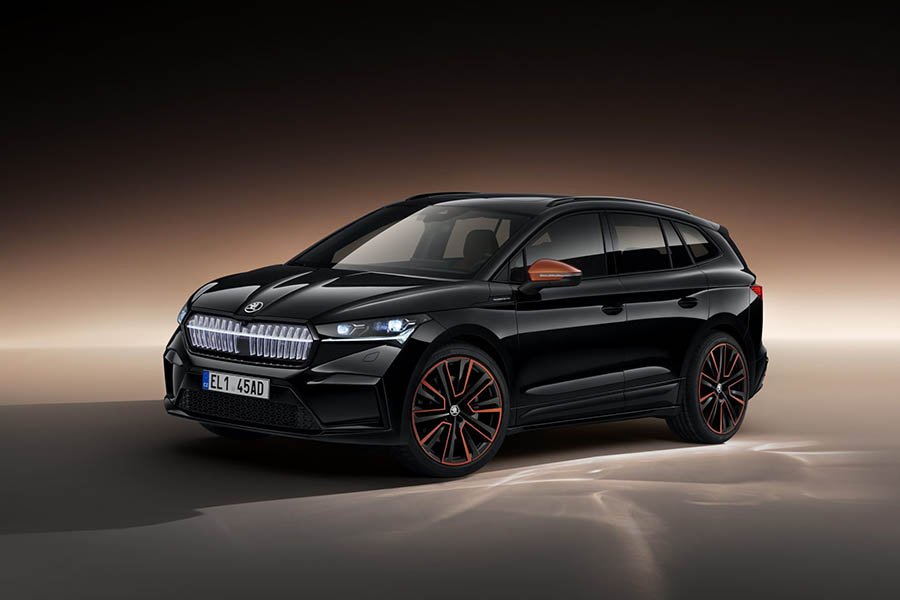
He has been in office for just one month, and Thomas Schäfer is already about to make his first major appearance. Celebrities have announced themselves in the O2 universe on the outskirts of Prague. The Czech Prime Minister Andrej Babis has come and has brought part of his government with him. When the country’s most important industrial company presents a new car, the head of government takes the time to visit.
The electric age has also begun for the Czech VW subsidiary Skoda. In Prague on Tuesday evening, the company presented its first own all-electric car, the Enyaq iV. With the new car, Skoda wants to achieve the breakthrough in electric cars – the Wolfsburg parent company is trying to do a similar thing with its new electric models ID.3 and ID.4.
Thomas Schäfer, who was at the helm of Volkswagen South Africa just over a month ago, is now supposed to lead the very successful Czech subsidiary into the electric age. “This is the beginning of a new era,” said the 50-year-old at the Enyaq presentation.
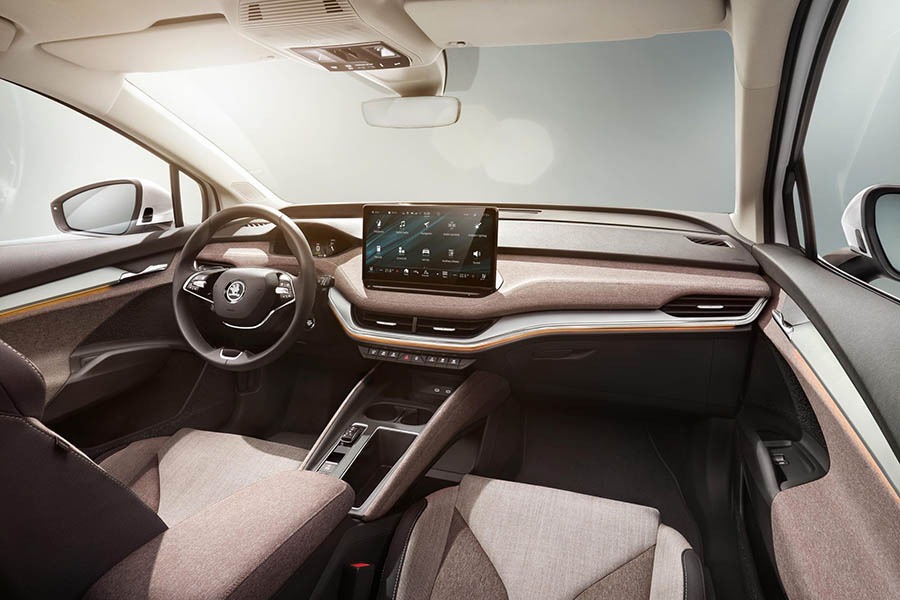
The first purely electric car from Czech production is proof that Skoda can also offer e-models in the usual quality and with a high level of everyday usability.
That is crucial for the new Skoda boss and his company. After all, it’s about more than the mere premiere: Schäfer must maintain the independence of the brand in the VW Group, even in the electric age.
Skoda Enyaq iV: Prices start from 33,800 euros
The new Enyaq, which is based on the same electrical construction kit as the ID.3 and ID.4 from Volkswagen, should be available for order in a few days in important Skoda markets such as Germany and the Czech Republic. The car will be produced together with conventionally powered models at Skoda’s Czech headquarters in Mlada Boleslav not far from Prague.
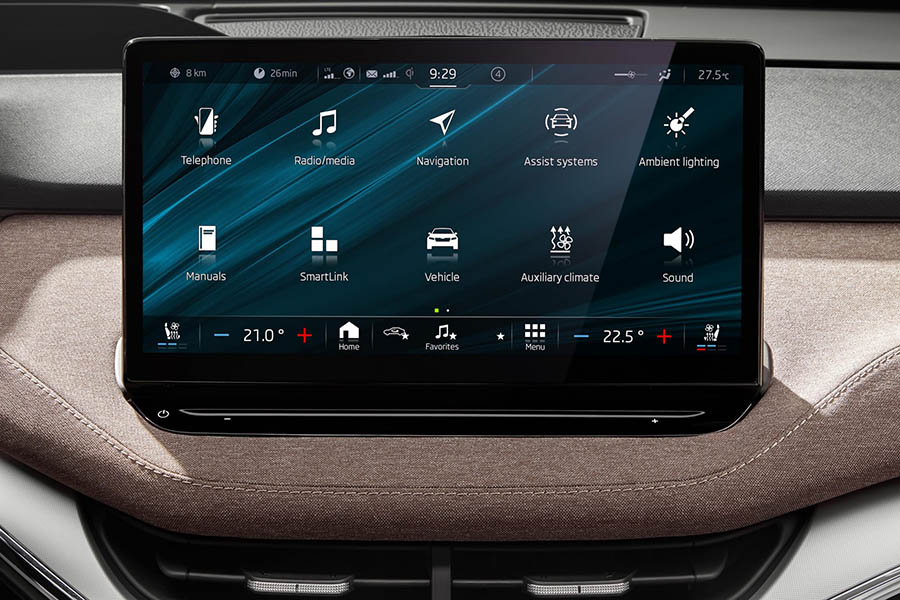
The first deliveries to customers are scheduled for spring next year. In the basic version, the Enyaq will cost 33,800 euros.
The new Skoda boss calculates the Enyaq with annual numbers of 70,000 to 80,000 cars. Provided that the Czech VW subsidiary is supplied with sufficient batteries. “Battery capacity is scarce everywhere in Europe,” said Schäfer.
In the further course of next year, a coupé version of the SUV now presented in Prague will be added. This planned car is also largely finished and fully developed.
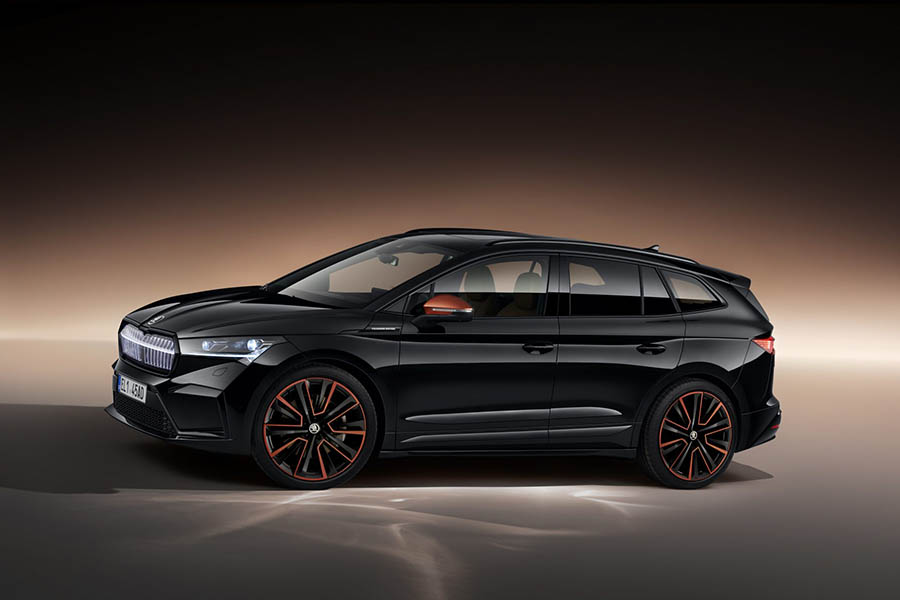
Thomas Schäfer is faced with the task of preparing further e-models with Skoda and bringing them onto the market. This should include, in particular, smaller, purely battery-powered vehicles below the new Enyaq electric SUV – a traditionally strong sales segment for the Czech car brand. However, this can only happen in close coordination with the group in Wolfsburg, because VW also wants to include new small cars with electric drives in its product portfolio in the coming years.
Coordinating with Volkswagen, for example, about the differentiation between different models, should not be easy. However, Schäfer himself does not see any potential for conflict within the group. Skoda will continue to offer attractively priced cars with high quality standards. In addition, the Czech VW subsidiary could make new efforts in foreign markets such as Asia. Schäfer did not give any details and asked for patience. “After the first 100 days in office, I can say more,” he emphasized. He is very confident about the future of Skoda: “The best years are still ahead of us.”

In finance and stock exchange circles, great expectations are placed on the new Skoda boss. “I hope that Thomas Schäfer won’t change too much in terms of the strategic direction,” said Frank Schwope, automotive analyst at NordLB in Hanover. It was an “annoying loss” that Winfried Vahland and Bernhard Maier had to leave Skoda CEOs twice in the past five years. Vahland and Maier would have “greatly advanced” the Czech Volkswagen subsidiary.
As the new Skoda CEO, Schäfer must above all ensure that the company does not develop into a cheap brand. Because then the comparatively high return, which is at Audi level, can no longer be maintained in the long term. “In the past few years, Skoda has shown an incredible dynamic,” emphasized Schwope. This applies equally to sales and profit sizes.
For example, when Bernhard Maier took over the post of chief in the Czech industrial city of Mlada Boleslav in autumn 2015, Skoda sold almost exactly one million cars per year. At the end of 2019, the VW subsidiary had already reached just under 1.25 million vehicles, an increase of almost 18 percent.
The strong expansion of the range of SUVs in particular contributed to this. A segment in which Skoda was barely represented before. The growth would almost certainly have continued this year – had it not been for the coronavirus.
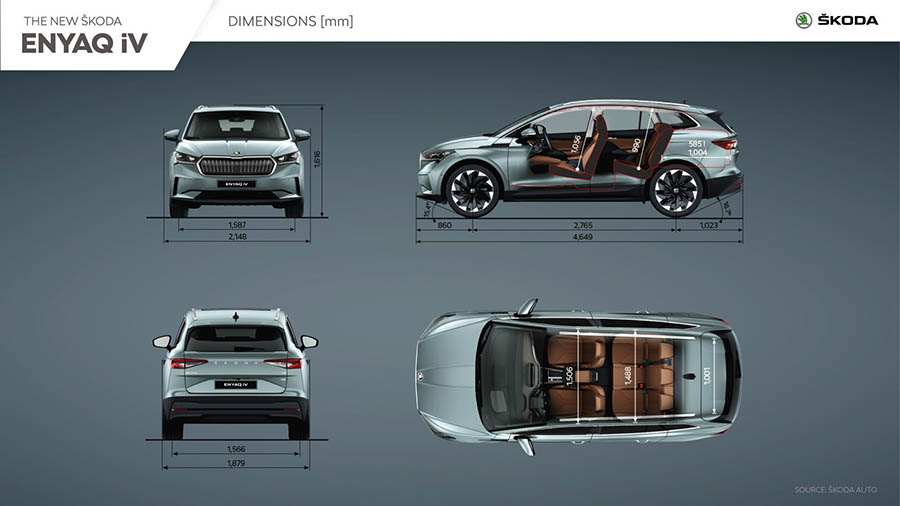
Of the nine major vehicle brands of the Volkswagen Group, only three were still in the black in operational business within the first half of the year due to Corona. One of them is Skoda from the Czech Republic with a profit of 228 million euros (previous year: 824 million euros).
“Hopefully Thomas Schäfer will not be shackled by the group,” added analyst Schwope. Within the group, Skoda had to listen to criticism more often in the past that the Czech subsidiary had moved too close to Volkswagen with its range of models. Skoda has access to the technology available in the group, as it is now with the new MEB electrical platform, but at the same time benefited from its own low pay.
Despite a certain convergence process over the past few years, Czech wages are still around two thirds below the German level. VW locations in Germany then almost inevitably have a problem with keeping up with their Czech colleagues from their own group when it comes to costs.
Conflict with the Volkswagen brand
Most recently, CEO Herbert Diess had also spoken in this direction. So far, Skoda has not been aggressive enough in competition with other volume manufacturers such as Hyundai or Opel. The Czech subsidiary must not be built into another premium brand, Skoda must score more in the inexpensive vehicle segment. Thomas Schäfer indicated at his first appearance that Skoda would take on this new role more strongly under his leadership.
Behind the words of CEO Diess there is a conflict that flares up again and again between Skoda and Volkswagen. Some of the colleagues from the Czech Republic at corporate headquarters had become too successful. Long-standing VW customers have now switched to Skoda too often, where they can get similar quality at lower prices, according to the internal Wolfsburg criticism. There had also been disputes with the previous Skoda boss Maier.
Schäfer now has to manage the balancing act. On the one hand, the brand should move more towards inexpensive competitors and not too much towards Volkswagen. However, the comparatively high return must not be endangered.
Analyst Schwope, on the other hand, sees no problem in getting closer to Volkswagen. Rather, Skoda could ensure stronger competition within its own group of companies – and the Volkswagen Passenger Cars brand would simply have to work harder as a result. Schwope spoke out against “artificially braking the Skoda brand”.
At home in Prague and Mlada Boleslav, Skoda is undisputedly number one. “We are the powerhouse in the Czech Republic,” said Schäfer. The Czech prime minister should see it the same way. When Babis said goodbye at the end of the Enyaq presentation, he offered Schäfer his support. “Contact us if you need something,” Babis called to him in German when he left the O2 universe.








